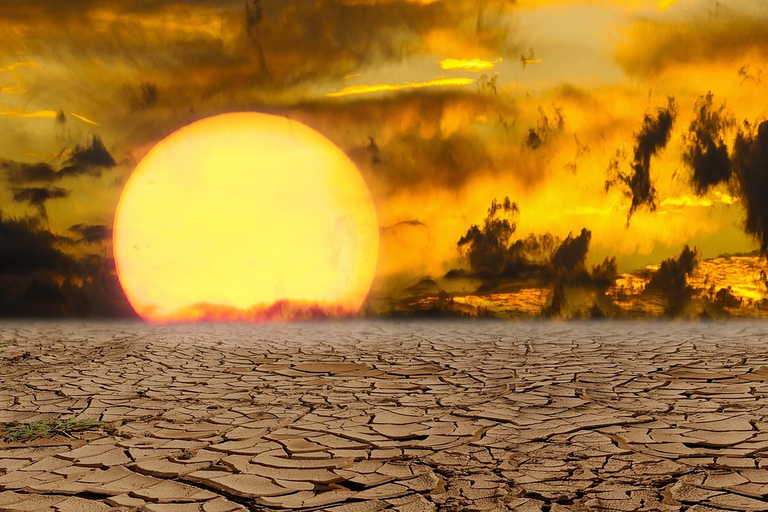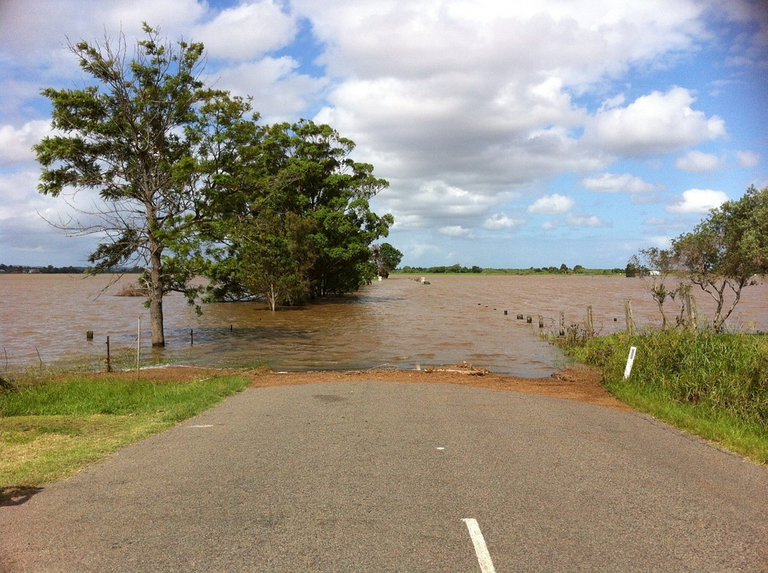Why is South Asia region more vulnerable to climate change?
By 2100, around one billion people on earth will live in low-lying coastal zones subject to flooding on annual basis. 70% of these people live in Southeast Asia, which is one of the most vulnerable region to climate change in the world. The next decade will be most critical for existence of Southeast Asian communities. The climate system is rapidly changing across Southeast Asia.

The atmosphere is warming at alarming rate which is ultimately leading to droughts, floods and typhoons. Millions of people are devastated due to climatic changes. Ice sheets are also melting. All these factors are continuously every aspect of our life.The leading scientists around the world are reviewing this data and researching on critical solutions to combat these critical challenges.
The countries in Central Asia are particularly vulnerable to climate change. The glaciers are continuously melting which are posing long-term threat to water supplies on which 55 million people and their irrigated land is dependent. Russia is one of the countries which are most vulnerable to effects of climate change because permafrost is continuously melting which is destroying infrastructure and housing.
Southeastern countries are facing another challenge of food security due to climate change. Over 90% of world’s rice is produced in Southeast Asia and over 4 billion people depend on rice as their major food. The crop of rice is sensitive to climate and change in climate badly affects the growth and production of rice.

In Vietnam and other Southeast Asia, floods and storms are becoming more frequent due to climate change. More than 640 million people are vulnerable due to heavily populated low-lying areas and long coastlines due to extreme weathers and rising sea levels.
Since 1960, average temperatures have also increased in Southeast Asia. In the past 20 years, the most affected countries which are mostly affected by climate change include Myanmar, Philippines, Vietnam and Thailand. The World Bank has predicted that Vietnam will likely to be most affected by global warming in near future. Between 1990 and 2018, the emission of carbon dioxide has drastically increased in Southeast Asia.
Another major cause of greenhouse gases is deforestation. The trees are heavily cut down in Malaysia and Indonesia, which are world largest forestlands. These trees are cut down to fulfill the growing farms needs of huge population and for production of palm oil and paper.
The highest population of the world lies in Asian continent. Therefore it has also some of the most difficult environmental challenges. The ecosystem and lands are badly destroyed which is resulting in threats to food security and deterioration of air and water quality.
This region is also prone to many natural hazards like Indian Ocean Tsunami in 2004, Pakistan Earthquake in 2005 and huge landslides in the Philippines in 2006. There are also reports of extreme weather in this region which include heat waves, prolonged dry spells, tropical cyclones, thunderstorms, intense rainfall and dust storms. In 2006, around 3,000 people were killed in China due to major storms and floods in east and southern part, resulting in 20 billion USD loss.

Vietnam, Bangladesh, India and China could be at risk of severe flooding due to projected sea level rise and it could affect millions of people living in these countries. It is also expected that around 30% of coral reefs could be lost in next 10 years.
According to Stern (2006), “from the Himalayas, which feed water to a billion people, to the coastal areas of Bangladesh, South Asian countries must prepare for the effects of global warming even as they work to combat the human causes of climate change”
Most part of South Asia have seen distinctive change in the rate of precipitation and it will increase many folds in future. The areas which were earlier considered to be higher recipients of rainfall are slowly becoming very dry. There is also change in timings of rainy season in many parts of South Asia. The monsoon season is either delayed or comes earlier and affects livelihood of millions of people.
It is time for better cooperation, understanding and sharing of information within South Asian countries. These countries can play very critical role in forcing the developing countries to reduce their carbon emissions. The governments of these regions should work with NGOs to spread mass awareness about climate change and encouraging people to adapt strategies to fight against climate change.
Thank you for reading! Stay Safe!👋😌
References:
0
0
0.000
0 comments